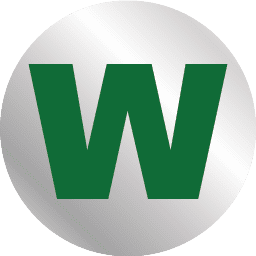What to Know When Planning to Buy Your First Home

Being a first-time homebuyer is a big and exciting step. There’s a lot to consider: the style of home you’re looking for, your ideal location, the types of repairs you’re willing to do, and of course, the financial side of things. That’s where we can help. The first step is to talk with a Mortgage Loan Officer at your bank. The Mortgage Loan Officer can help you get prequalified for a mortgage so you know the price range of homes you can afford. Once you have that number, it’s easier to figure out how much you’ll need to save.
To ensure you are able to put enough money aside for your down payment and closing costs, it is wise to establish a budget and calculate how much money you can realistically save each month (more on that here). It may help to create a separate savings account for your move. This way, you can set up automatic monthly contributions to the account and won’t be as likely to tap into your savings when you’re tight on cash. While you’re saving, you should also work on paying off any debts you may have because both renters and homebuyers can expect to have their credit history examined.
When it comes to making a down payment on your home, you can expect to pay between 3 and 20 percent of the home’s value. Once you have a dollar figure goal, you can set up a timetable for how you will save to meet it. It is also important to consider that if your down payment is less than 20% of the home’s value, it may be necessary to get private mortgage insurance.
Even with a goal and plan in mind, saving for a down payment can be intimidating. One useful tactic is to break your goals down and reward yourself for your saving milestones. For example, if your long-term goal is to save $15,000, you can treat yourself to new outfit or a nice night out after every $3,000 dollars you save on your way to your end goal. Also, set up a time to meet with your Mortgage Loan Officer to see if you qualify for programs that provide down payment and closing cost assistance.
There are other costs to consider besides a down payment, closing costs and your mortgage, such as water and electricity expenses. We suggest keeping your total mortgage payments (including utilities) at less than 25 to 30 percent of your gross monthly income. Finally, private mortgage insurance, inspection payments and the cost of a moving company should be on your radar.
It’s a lot to think about, but with a little planning and commitment, you can be on your way to earning your first home.
To learn more or take the next steps, please visit the WSFS Mortgage Center.

Helping you boost your financial intelligence.
Read our financial resources from your friends at WSFS.



